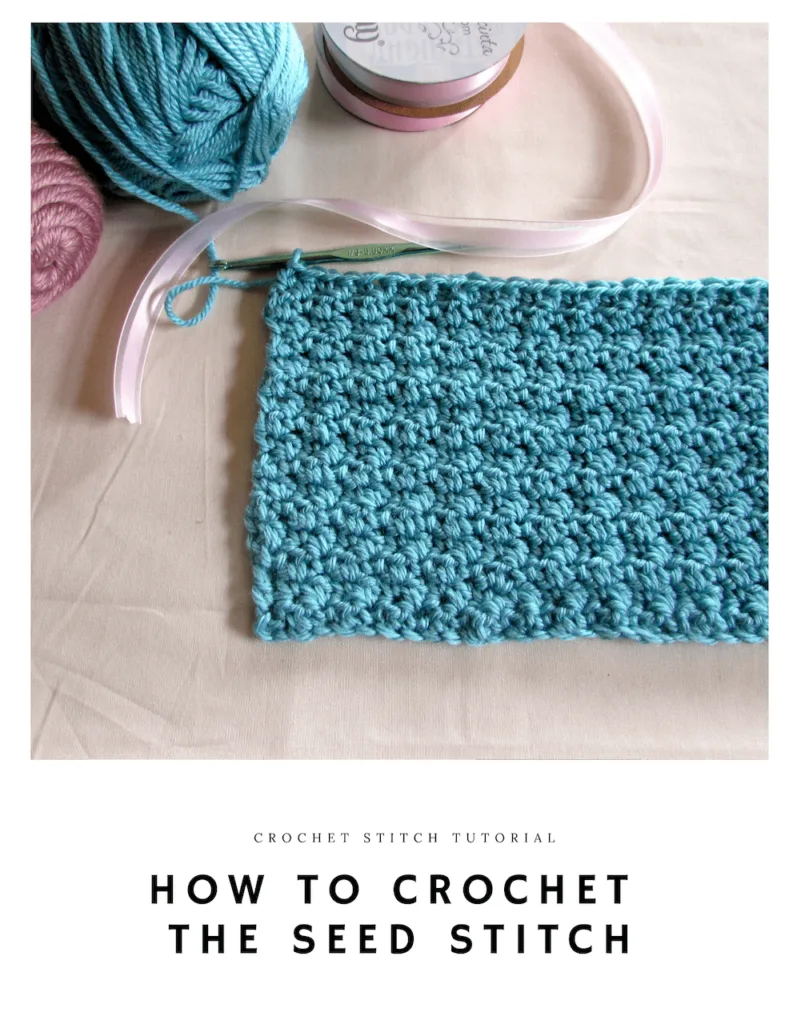
The crochet seed stitch is a popular and versatile stitch pattern that creates a textured fabric with a lovely woven appearance. Whether you’re a beginner or an experienced crocheter, the seed stitch has endless creative possibilities. In this post, we’ll explore how to crochet the seed stitch, provide a step-by-step guide, and address some common questions that arise when working with this stunning stitch pattern.
Hi folks!
Today I want to share with you a tutorial on how to work the lovely crochet seed stitch.
As a crochet beginner, I am sure you have been working hard to master the foundational crochet stitches and techniques, like making a slip-knot, doing a foundation chain, and working the single & double crochet stitches.
If you’ve been working on these skills for a while then I bet you’re ready to move on, to move past the very basics and get on to some super easy and fun stitches.
I don’t blame you!
Don’t get me wrong. Learning the essential basics were not a waste of your time.
In fact, I recommend that you absolutely rock these skills before trying any new stitches or start working with a pattern, but what if you are ready to move on?
Then it’s time to put your knowledge of the basics to use!
And I have just the crochet stitch that will help you do it. The seed stitch.
So, grab your hook & yarn, and let’s get hookin’!
What is the Crochet Seed Stitch?
The crochet seed stitch, also known as the griddle or lemon peel stitch, is an easy stitch that adds texture to your crochet projects that resembles scattered seeds.
It is also sometimes confused with the “moss stitch”, the “tweed stitch”, or the “granite stitch”.
However, I have found that there is actually a slight variation that makes each one different from the other.
Because of this, I consider them each as separate stitches.
To crochet the seed stitch, you only need to know how to single crochet and double crochet.
This makes it a simple stitch that is easy to learn so it’s great for beginners.
When you alternate the two stitches across each row, a lovely tight and strong weaved fabric that resembles the knitted seed stitch is created.
When using cotton, the seed stitch is great for crocheting washcloths and dish towels.
If using other yarns, it makes a strong warm stitch for blankets, sweaters, and bags.
Step-by-Step Tutorial: Crocheting the Seed Stitch
Now, since the seed stitch is really only alternating double and single crochet stitches, there are actually multiple ways to start a project using the crochet seed stitch.
You can start with double crochet, single crochet, and even both a double crochet & single crochet in the same stitch.
I usually start with the stitch indicated by my pattern, but I tend to prefer to start with the single crochet.
Thus, this will be the method demonstrated in this tutorial.
For a tutorial starting with the double crochet check out TheSpruce.com , it even provides a cool seed stitch variation at the end.
For a tutorial starting with the double crochet & single crochet in the same stitch check out MyMerryMessyLife.com.
Okay, so on to the tutorial!
Materials:
any hook size (I used an I/9-5.50mm)
Need to See It in Action?
[show_more more=”CLICK HERE TO VIEW TUTORIAL INSTRUCTIONS” less=”CLOSE THE INSTRUCTIONS” color=#810520 align=center size=150 list=» style=bold box=#810520]
Photo Tutorial: How to Crochet the Seed Stitch
Step 1: Crochet the foundation chain
Make a chain foundation chain of any even number. I’ve chained 40 for this photo demonstration.
NOTE: You may alternatively ch 1 for the turning chain (making 41 chains) as in the video tutorial.
Step 2: Turning chain and first stitch of seed stitch
Turn your work and in the second chain from your hook, work a single crochet stitch. Your stitch count will be reduced by one.
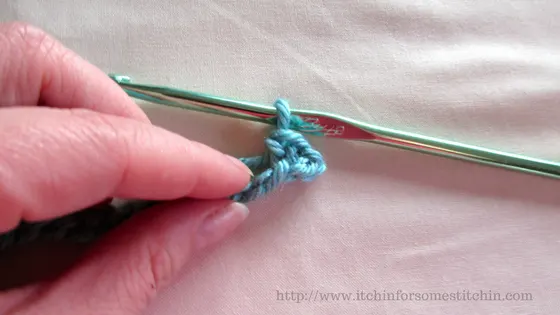
Step 3: The second stitch of seed stitch
In the next chain work a double crochet.
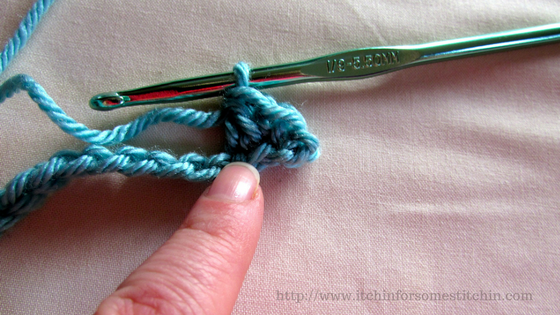
You have now created one seed stitch. Remember, a seed stitch = 1DC & 1SC.
Step 4: Start the next seed stitch
In the next chain work a single crochet, just as you did in step one.
Step 5: Repeat across row
Repeat steps 3-4 until you reach the end of the row.
If you chained 40, like in this photo tutorial, you should end with a single crochet.
If you, added an extra chain for the turning chain as in the video (making 41 chs) then you should end with a double crochet.
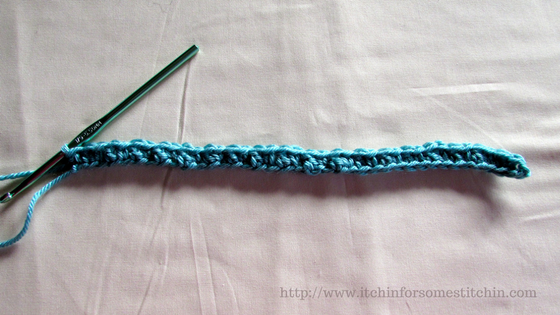
Row One Completed
Step 6: Turning Chain
If you ended with a double crochet as in the video tutorial, then chain 3.
If you ended with a single crochet, chain 1.
In my photo demonstration, I ended with a single crochet so I will chain 1.
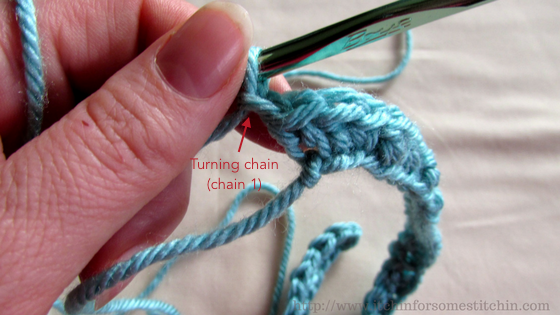
Step 7: Single Crochet in Double Crochet (or vice versa)
If you ended with a single crochet, as in this photo demonstration, work a double crochet in the first single crochet of the previous row.
If you ended with a double crochet as in the video tutorial, then work a single crochet in the first double crochet of the previous row.
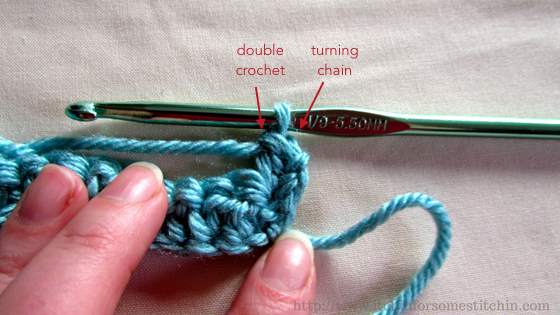
Step 8: Repeat
You will continue alternating by making a single crochet in the double crochet of the previous row, and vice versa to the end of the row.
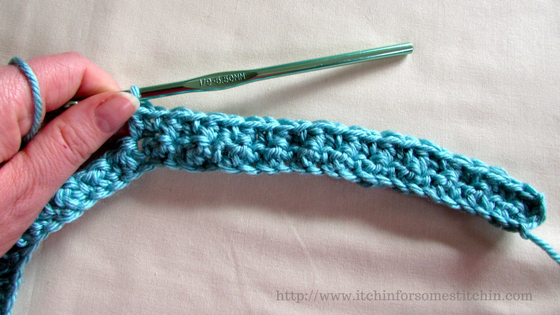
Step 9: Additional Rows
Repeat steps 6-8 for any additional rows.
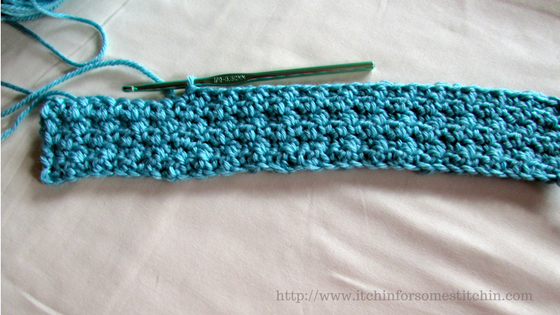
Seed Stitch Patterns
What did I tell you, super easy, right?
The alternating pattern creates a lovely texture and once you master it, I’m sure you’ll be using it to make all sorts of beautiful projects!
Crochet Seed Stitch Patterns
Try these free patterns to level up your skills!
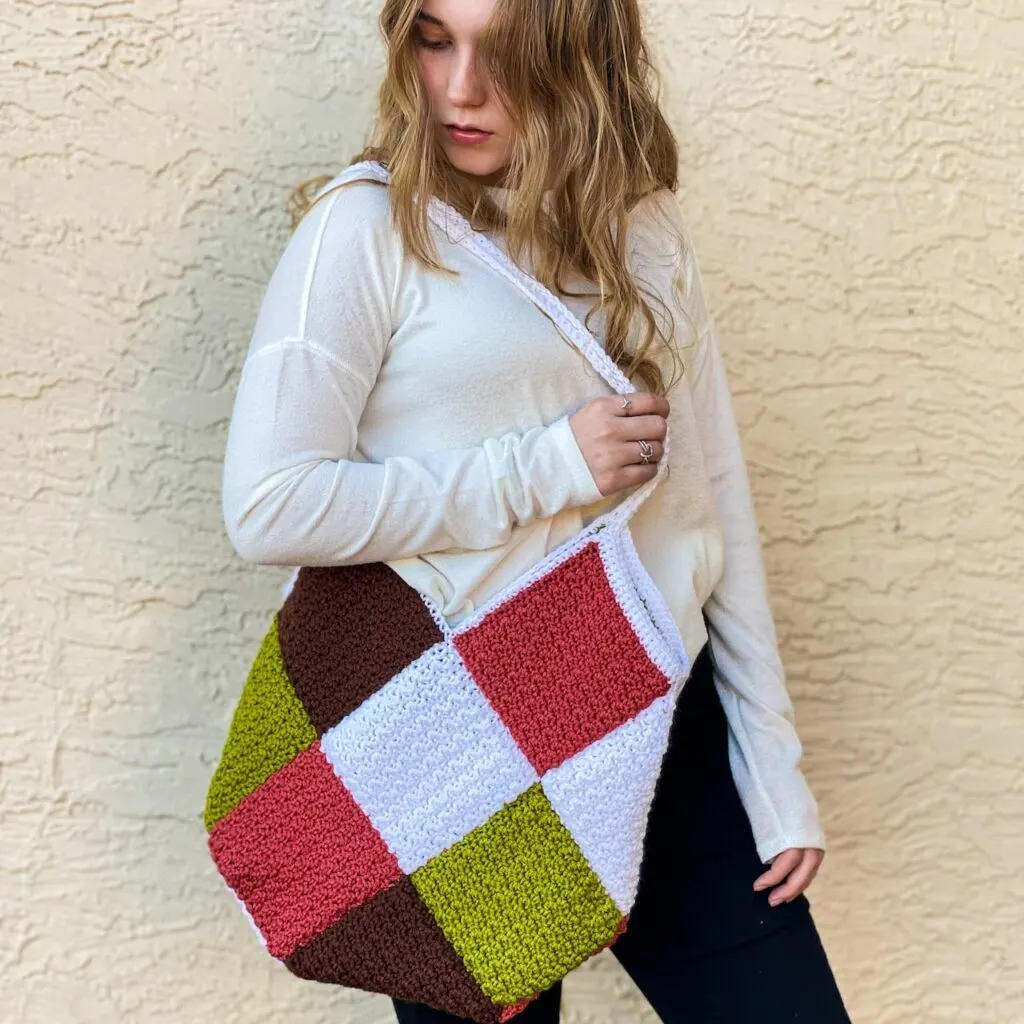
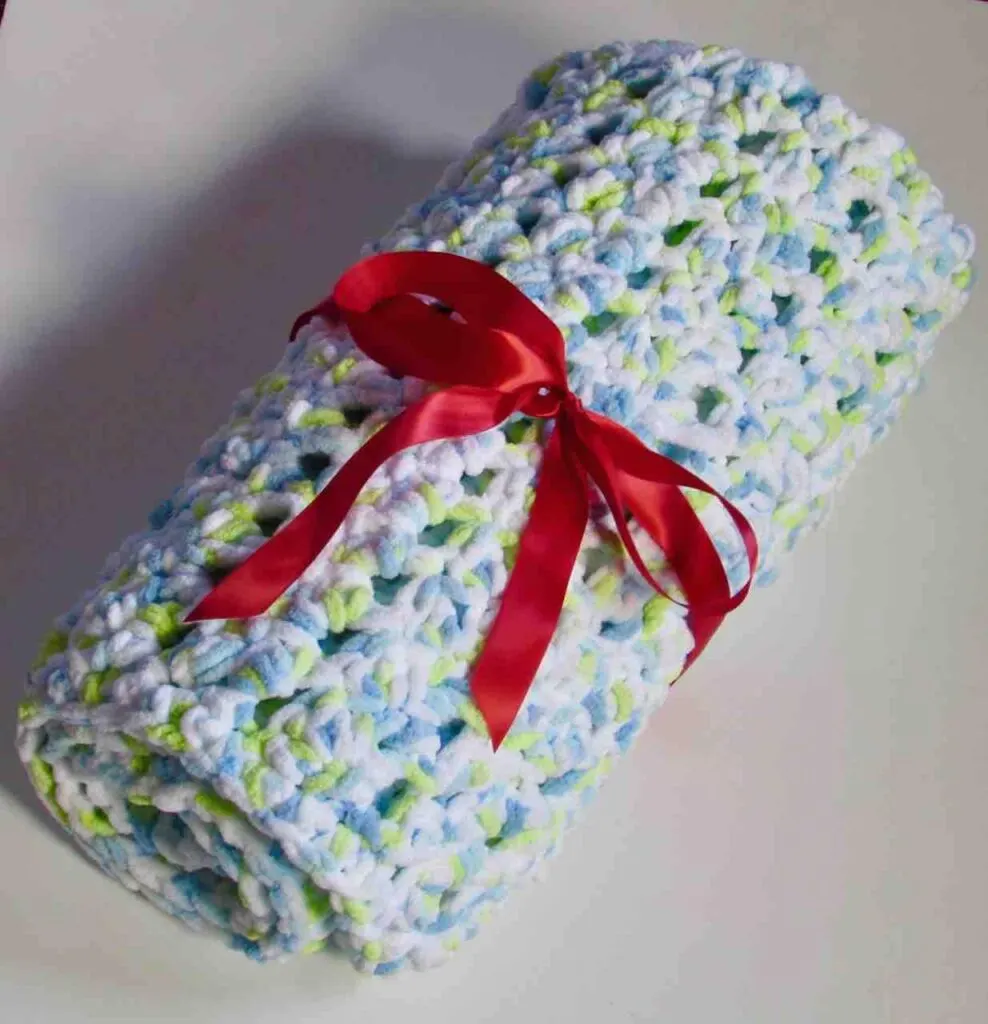
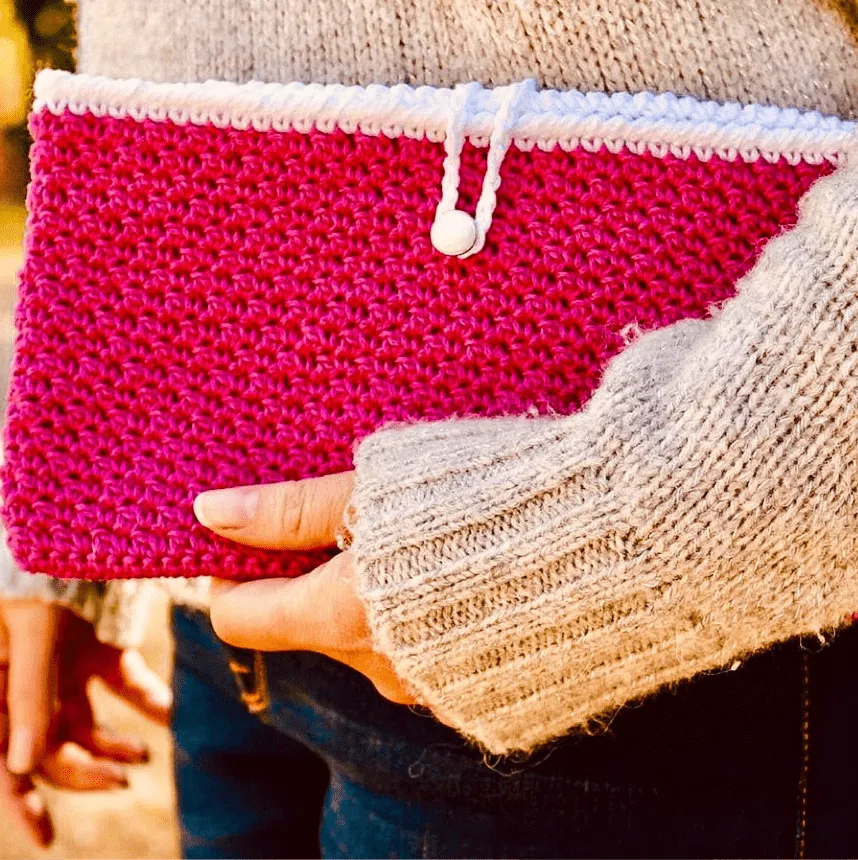
[/show_more]
[show_more more=”CLICK HERE TO VIEW SEED STITCH FAQS” less=”CLOSE THE FAQS” color=#810520 align=center size=150 list=» style=bold box=#810520]
Commonly Asked Questions about the Seed Stitch:
1: Can I use the seed stitch for different projects?
Absolutely!
The seed stitch is incredibly versatile and can be used for various projects such as scarves, blankets, dishcloths, and even garments.
Experiment with different yarn weights and colors to achieve different effects and textures.
2: How do I maintain consistent tension while crocheting the seed stitch?
Maintaining consistent tension is crucial to ensure that your seed stitch pattern appears uniform throughout your project.
Practice the stitch on a swatch before starting your project, and adjust your tension accordingly to achieve the desired result.
Experiment with different hook sizes if needed.
3: How many chains should I start with for the foundation chain?
The number of chains required for the foundation chain depends on your desired project size.
Ensure that the number of chains is a multiple of 2 stitches, as the seed stitch pattern relies on an alternating sequence of single crochet and double crochet stitches.
4: Can I customize the seed stitch pattern?
Definitely!
The seed stitch is highly adaptable, allowing you to modify the pattern as per your preferences.
For instance, you can incorporate additional rows of single crochet or double crochet stitches to create variations in texture and design.
Love Pinterest?
I do!
PIN this pattern to your Pinterest boards for later.
You can also follow all my boards!
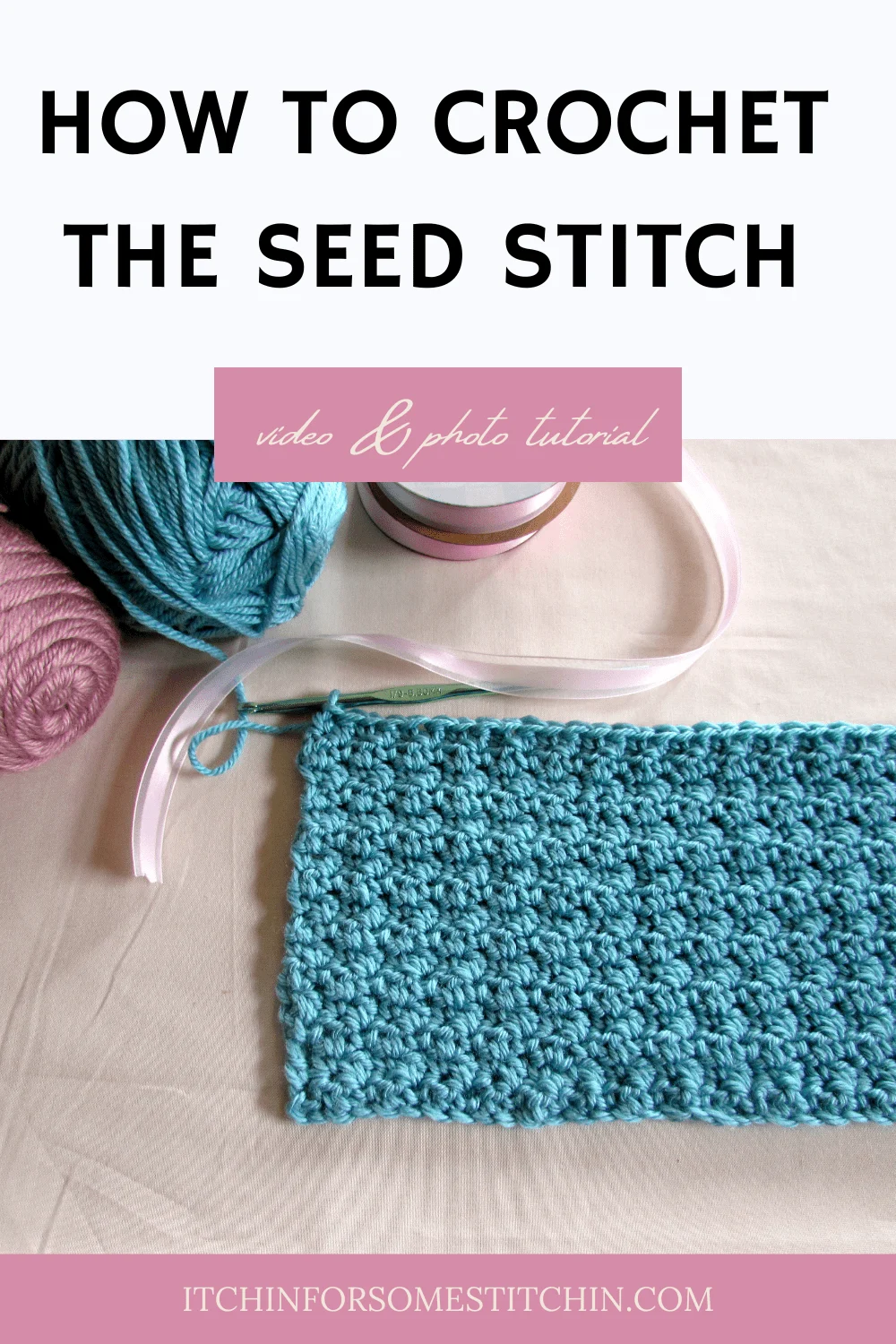
Thank you for coming to my blog! By sharing my content and/or making a purchase you are making it possible for me to continue producing and sharing free content for everyone to enjoy. I sincerely appreciate your support!
Until next time… Happy Crocheting!

Please Share!
[/show_more]

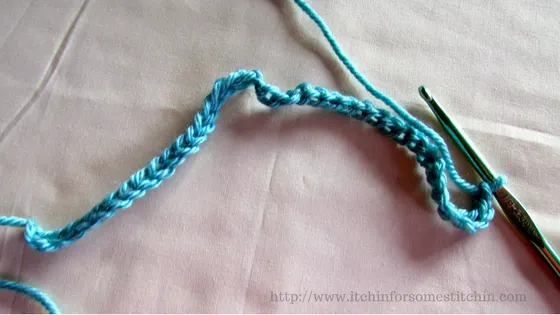
Gladys
Monday 4th of July 2022
Is there suppose to be pictures with this tutorial? My screen is only showing two pictures.
Itchin4Stitchin
Tuesday 5th of July 2022
Hi Gladys,
Yes, it is a step-by-step photo tutorial with a link to a video tutorial. Can you refresh your screen?
Sincerely,
RaeLynn
R.Brune
Saturday 3rd of June 2017
This is really pretty. I'm going to do it "in the round" for the upper section of some slippers I'm making with leather soles. Thanks!
Itchin4Stitchin
Saturday 3rd of June 2017
I think that would be awesome! I was planning on using it to make a beanie at some point, but slippers would be beautiful. Thanks so much for stopping by. ?
George Rush
Thursday 25th of May 2017
Why are you using a name for a stitch pattern that already exists and this isn't it.
Jessica-Jean
Wednesday 13th of July 2022
@Itchin4Stitchin, It’s another stitch pattern that has multiple names. One I like best is: Lemon Peel Stitch. Again, the name “Seed Stitch” had been used for more than one stitch sequence.
Not to sweat it!
Itchin4Stitchin
Thursday 25th of May 2017
Hi there,
My understanding is that the crochet seed stitch is made by alternating sc and dc stitches. If you do a google search for "crochet seed stitch instructions" every tutorial that comes up will provide the same information. I have found a couple variations (I have provided links to the variations in the tutorial), but all still ultimately have the basis for the seed stitch as alternating sc & dc stitches. Perhaps you know another way and that's awesome! I'm sure people would love to try your way, so please share! If you want, I could even add it to this tutorial, giving full credit to you for sharing it with us.
However, from what I know, and from I have found during research, which includes people who have been crocheting for 60+ years, the method provided in my tutorial is a standard way to crochet the seed stitch. Thanks for stopping by!